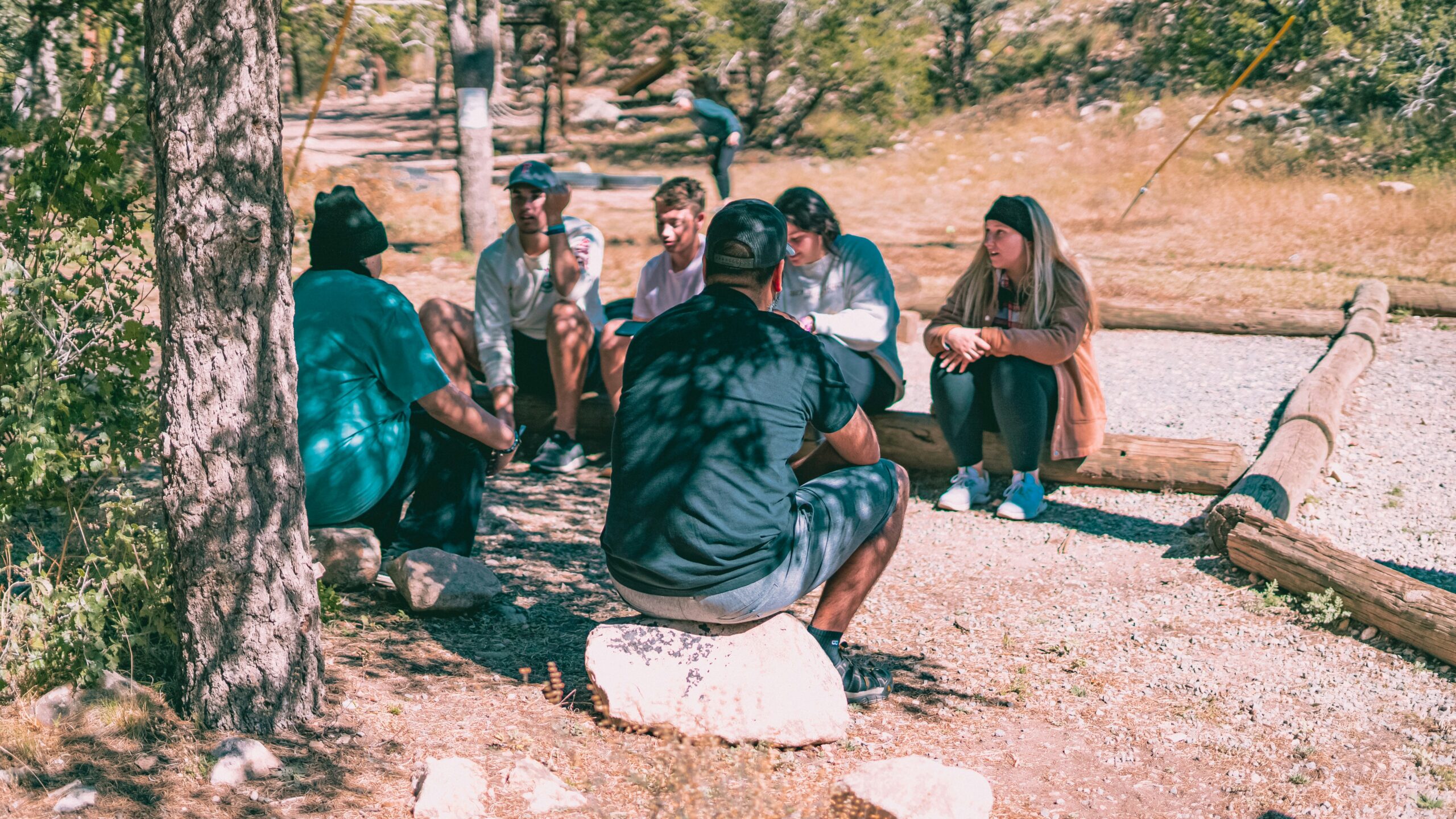When did you learn to read English?
If you’re reading these words right now it obviously means that at some point in your life, as a child or an adult, you learned to read English. Perhaps English is your first language, or possibly it’s something you chose to learn for business, ministry or other reasons. Because you’re reading this, I’m going to make at least two assumptions: first, you regularly “consume” or gather information by reading and second, you consider yourself literate. Those factors may make you somewhat unique in today’s world.
You may have heard the statistic before, but it bears repeating . . .
70%
That’s the percentage of adults in the world who, according to estimates, can’t read or don’t read.
I was raised in a home where reading was a top priority and something we not only did to learn but also for leisure. My mother, a school teacher, made sure we had plenty to read and evenings were often spent in the company of a good book. My tastes ran to The Hardy Boys Mysteries (which I, ah, appropriated from my brother), Louisa May Alcott and Lyman Frank Baum.
According to the statistic above, my experience is not the experience of most people in the world. Rather than read, many people use their ears and eyes to comprehend information, ideas and concepts. Stories, rather than being read, are passed orally from one person to another.
{module 236}
This has significant implications on how we share the gospel and on how we disciple believers. Many ministries and churches have a growing recognition of this fact and the implications on how – and where – they’re engaged in ministry and outreach. Resources are becoming more readily available to tell the story of the Bible orally – from creation to Revelation – and to lead Christians to a deeper, authentically reproducing walk with the Lord. The word pictures used by these resources are compelling and remind us again of the grand narrative of the Bible.
This month, as we focus on reaching oral cultures terms like “orality”, “storying” and “oral preference learners” are ones with which we’ll become much more familiar. In section two of The Cape Town Commitment (Discerning the will of Christ for world evangelization) Christians are urged to focus on reaching Oral Cultures.
The Call to Action reminds us that:
“. . . there are an estimated 350 million people without a single verse of Scripture in their language.” (Section II, D 2, Cape Town Commitment)
The Call to Action takes one step beyond just a focus on “primary oral learners” to:
“ . . . ‘secondary oral learners’, that is those who are technically literate but prefer now to communicate in an oral manner, with the rise of visual learning and the dominance of images in communication.” (Section II, D 2, Cape Town Commitment)
As we take a look at reaching out to oral cultures, Mark Snowden’s article helps define who the oral learner is and then offers his view of the link between training pastors, disciplemaking, and oral learners.
Read Mark’s Article Here And Join The Conversation.
Snowden asks questions about the connection between training and learning by oral learners, and what we learn each week in church, through the style of our pastor’s sermon, our adult education classes or small group interaction. He also suggests that disciplemaking, particularly in the Church in America, needs to be shifted to focus more on how Christians are passing along what they’re learning.
Snowden ends with a call for “deep change” in training programs for pastors including:
- Ensuring pastors are taught how to preach with the oral learning preferences of people in mind.
- Challenging pastors to develop different expectations of their members, and raising the bar for disciplemaking by learning how to coach, support, and empower.
In response to Snowden’s article, Billy Coppedge, asks the further question of how to promote oral methods of learning in cultures that seem to expect literate methods. He gives two examples of surprising instances where he saw resistance to oral learning by leaders in predominantly oral cultures. Read Article
Chris Regas suggests a more balanced approach that combines both oral and literate manners, not one over the other, saying, “a balance of oral and literate is most consistent with the Gospels and Epistles as well as reality.” Read Article
Nat Schluter reminds us that we must not only “get it right” (a right understanding of the written Scripture) but that we must also “get it across” (seeking relevant ways to communicate the Gospel). To do this he emphasizes that, “it is the learning style of the recipient, rather than the communication style of the communicator that matters most.” Read Article
Join The Conversation On Orality today
Other resources on this topic include:
 The 2004 Forum Lausanne Occasional Paper “Making Disciples of Oral Learners”
The 2004 Forum Lausanne Occasional Paper “Making Disciples of Oral Learners”- Cape Town 2010 Videos on Oral Learners
- Mark Snowden videos on Bible Storying
Our thanks to Samuel Chiang, Lausanne Senior Associate for Orality, and Executive Director of the International Orality Network (www.oralbible.com), for his work in leading the focus this month.
Next month Joni Eareckson Tada, Lausanne Senior Associate for Evangelism Among Disabled People, and her team will turn our attention to ministering to and with people living with disabilities (Cape Town Commitment, II B 4, Christ’s Peace for People with Disabilities.)

